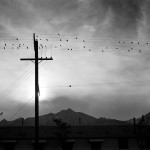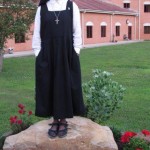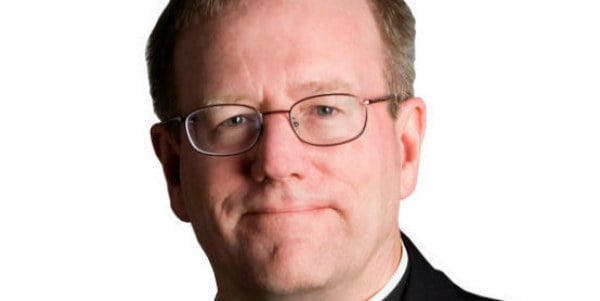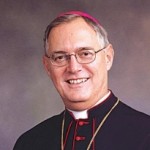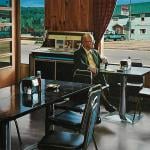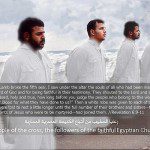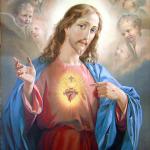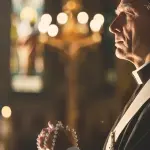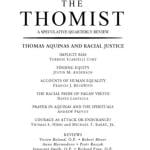***This post will be updated with new links and stories as I find them, keep scrolling down***
CNS file Photo by Arturo Mari
A year after the death of John Paul II and the elevation of Benedict XVI, the always terrific John Allen has an intelligent and well-written look at the last year. It’s long, it’s great, it covers a lot. One to print out and read with your Sunday cawfee. But I’ll give you this little teaser:
John Paul II will likely be remembered in history as a great evangelist. He took his show on the road, dramatically expanding the visibility and relevance of the papacy, awakening a much stronger sense among Catholics of the need to bring their faith convictions to their public and professional responsibilities. He was a pope who moved history as few have. His texts, however, could sometimes be a bit wooden and hard to follow, laden as they sometimes were with the vocabulary of philosophical personalism.
Benedict, on the other hand, is shaping up as a great teacher. It has struck many observers in Rome that he is still drawing larger-than-usual crowds for his Wednesday General Audience and for the Sunday Angelus address. Speaking afterwards with the people who show up, it’s striking how often they give some version of the following reaction: “I can understand him.”
Benedict has a remarkable capacity to express complex theological ideas with clarity and simplicity. To take just one example, during a meeting with Roman youth making their First Communion, a young man asked the pope how it’s possible that Jesus is present in the bread and wine at the Mass, since he’s not visible. Benedict responded that it’s like electricity: we don’t see the electricity directly, but we see the light. Similarly, we see Jesus in the effects he produces in us through communion, in the new “light” he brings into our lives.
It was an answer an eight-year-old could understand.
To some extent, this contrast reflects the biographies of the two men. Had Karol Wojtyla not been a pope, he would have been an actor; if Joseph Ratzinger had not been a pope, he would have been a university professor.
I like this piece, too, by James Martin on the “saintliness” of JPII – it’s very good, so do go read it, although you may – like me – be a little weary of reading that the pope “…failed to make some women (not to mention many gays and lesbians) feel welcome in the church;”
I think if you read JP’s actual writings on the Genius of the Feminine, and the dignity and humanity of gay men and women, you’d be hard-pressed to find a pope who reached out to them, and others, more than JPII. Let’s face it, some women and some gays would never have “felt welcomed” by JPII (or any other pope) without said pope consenting to out-and-out dismantle some serious scaffolding within the church. I’m a little weary of having these things enumerated as only papal failings and not the failings of people who could not recieve what they were offered with some grace. But I digress…
Pilgrims gather to mark the first anniversary of his death.
Amy Welborn says CNN has a terrific special on JPII, headed by the dependably great Delia Gallagher, who we like much more than Katie Couric for the CBS Evening News gig. Writes Amy:
We spend a lot of time trying to describe what it means to be a Catholic, but it seems to me, where words fail, those days last year made clear. The spirituality and community that was on display last year in Rome, and indeed, around the world was about an individual, certainly, but in its mystery, it went deeper, for it wasn’t mere hero-worship, if you really look at it closely. There was a sense of being caught up in a drama, perhaps one of the more important dramas around. It wasn’t just the drama of one important influential man’s passing. It was the drama of human suffering (in those days after Holy Week and Easter) and hope. It was the drama of redemption entering the world through the suffering of God’s son, the hope and promise of His resurrection, and the suffering of the man up in that apartment, behind the shades of those windows which burned brightly with light, even late into the night, the man whose office was the link between past and present, an office which exists as sign of unity and continuity, encouraging us, who gathered and watched from around the world to deeper discipleship and community.
Indeed.
Gerald Augustinius has put up a huge and loving memorial to the pope – very impressive.
If you feel like looking at pictures, there is a nice hi-res photo gallery here. And this is a really nice video retrospective of John Paul’s visits to the United States
A great photo-essay of reaction to his death.
If you’re up to it, this was me liveblogging the long watch before his death, and what I told Buster. Note on the liveblogging piece – it’s been a year, some of the links might not work.
Behind the scenes in those days, by John Allen, again. Meanwhile, some in the American press were getting pretty annoyed that he wasn’t dying fast enough.
Peggy Noonan’s singularly exceptional – definitive – memory of meeting JPII.
Re-read Gerard Vanderleun’s excellent Passion of the Pope and this about The Polish Seminarian and the Jewish Girl He Saved.
A non-catholic wondered about the funeral, and if it was “idolatry”.
Looking back over the year:
Someone bred a rose for the JPII.
Two TV films were made
The opening of his cause for sainthood
The AP suggests Benedict may not be a Rottweiler, after all. And The Nose on Your Face has a little fun with the Pope.
Bernard, too, remembers the John Paul/Terri whirlwind.
UPDATES:
Eternity Road has its own remarkably insightful post up, but Fran also reminds us of yet another piercing piece that Vanderleun wrote a year ago, touching on JPII, Terri Schiavo and those who hate life.
Rocco at WITL translates Benedict’s remarks.
Julie has a lovely remembrance as well as some moving links.
Related: JPII and Women
More debunking of the “JPII held back women” myth
Just how vehemently did JP oppose the Iraq war?
Popes as parents
JPII was grand, Benedict is homey


